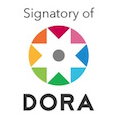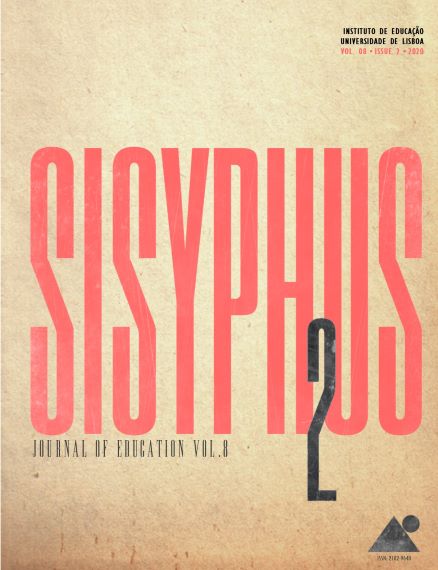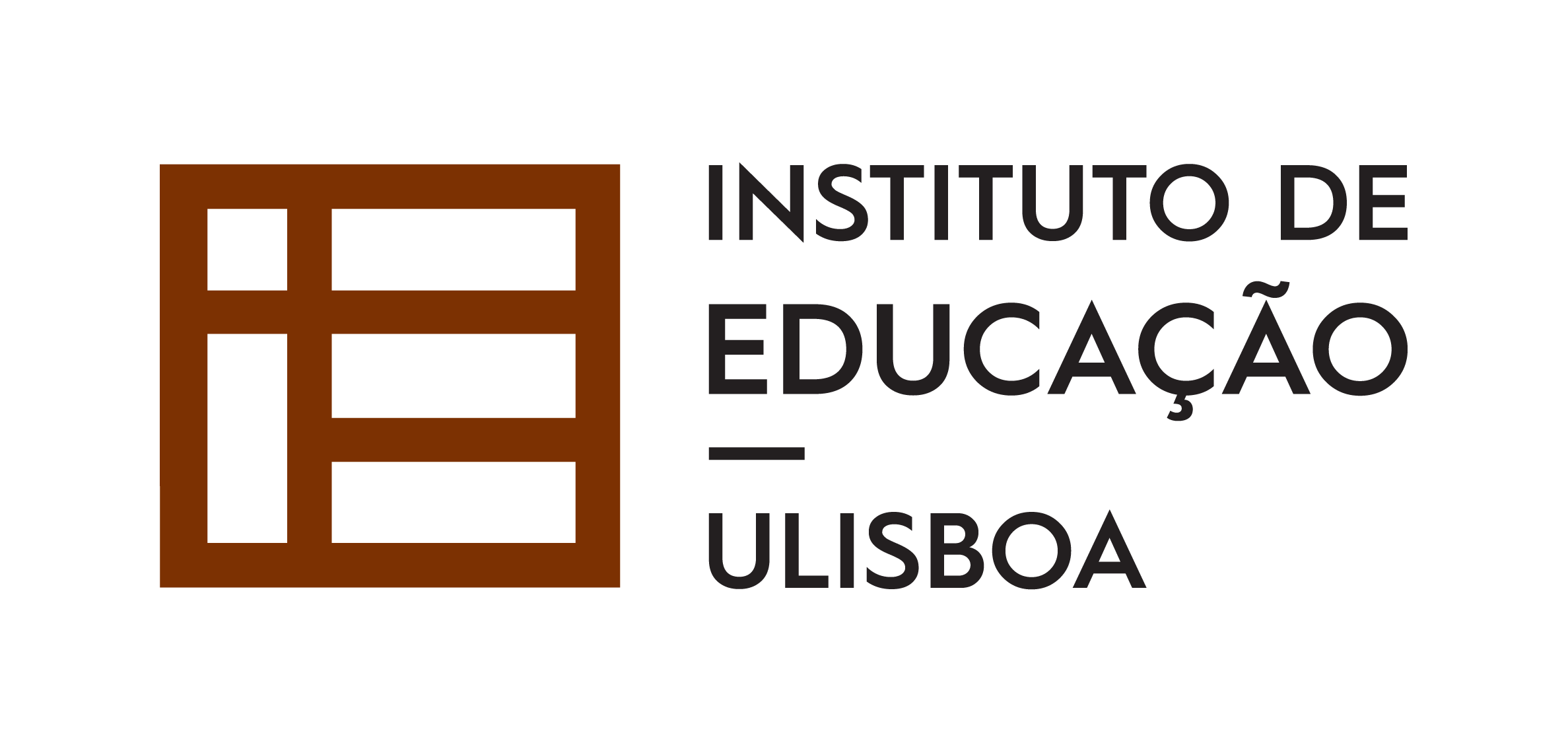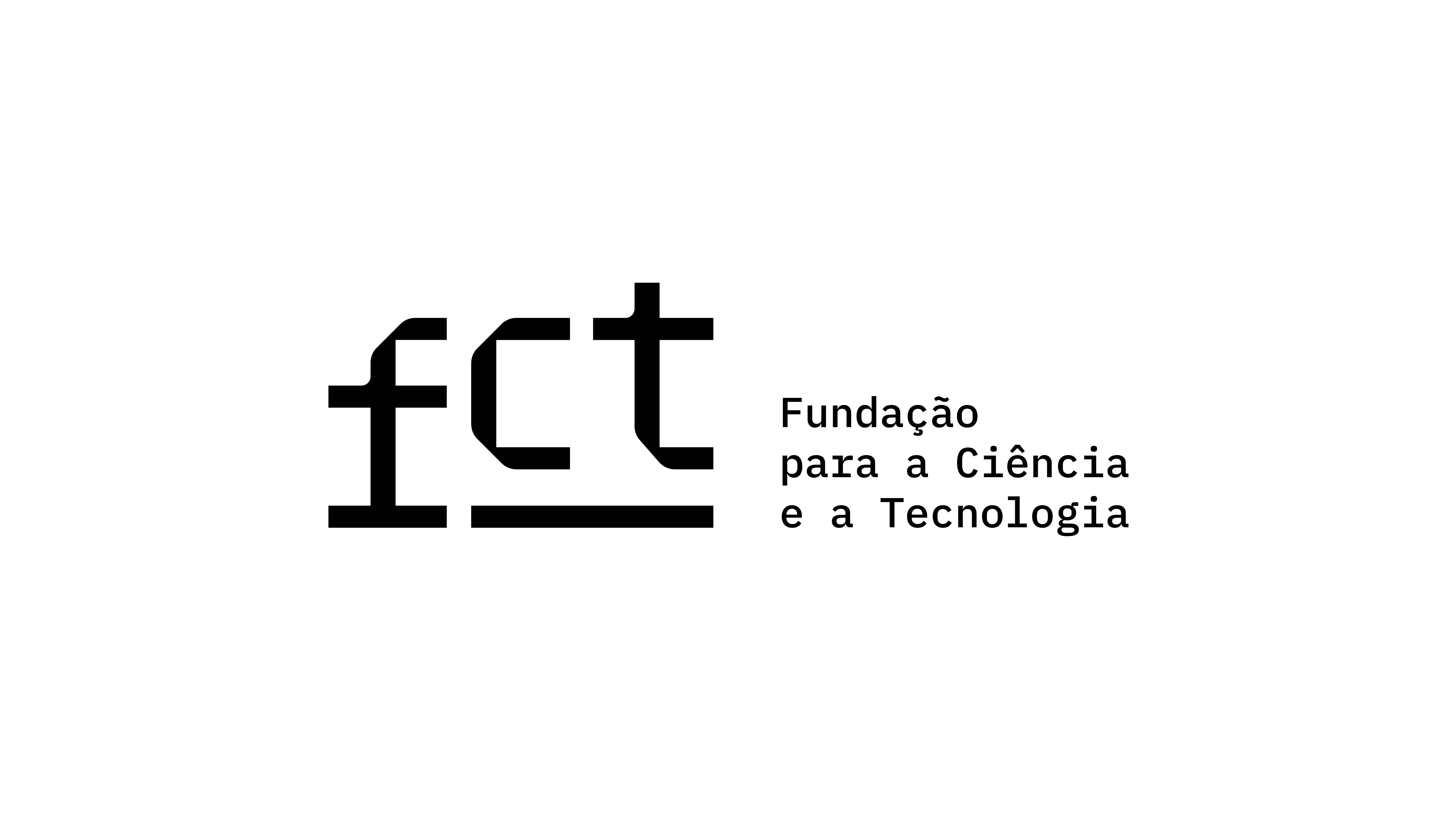Desenvolvimento de um Instrumento para Valorizar o Impacto da Prática do Teatro em Jovens
DOI:
https://doi.org/10.25749/sis.19058Palavras-chave:
teatro na educação, jovens, instrumento de medida, artes cénicas, teatro aplicadoResumo
A prática teatral é um recurso educacional de grande potencial no campo da intervenção no desenvolvimento psicossocial dos jovens. Este artigo descreve o processo de design e validação da bateria “El teatro y yo", projetada para avaliar a perceção que os jovens têm sobre sua experiência no teatro e seu impacto no seu próprio desenvolvimento pessoal. Um total de 305 jovens completou as diferentes versões do instrumento. O processo de análise das propriedades dos itens e escalas (assimetria, curtose, estrutura fatorial, etc.) permitiu a eliminação dos itens que não atendem aos critérios de qualidade e a purificação das três escalas que compõem a bateria. Os resultados mostram que a versão final da bateria possui características psicométricas adequadas que garantem sua confiabilidade e validade. A bateria “El teatro y yo” pode ser um instrumento útil para professores e formadores avaliarem o efeito da prática teatral no desenvolvimento dos jovens.
Downloads
Referências
BARQUERO, V. R., & VARGAS, G. A. (2009). Efecto de ocho clases de expresión corporal en el estado de ánimo y autoconcepto general de jóvenes universitarios. Revista Educación, 33(2), 139-152. Retrieved from: https://revistas.ucr.ac.cr/index.php/educacion/article/viewFile/509/523
CATTELL, R. B. (1966). The scree test for the number of factors. Multivariate Behavioral Research, 1(2), 245-276.
CRAIG, D. A. (2011). A theatre-based youth development program: Impact on belonging, developmental assets, and risky behaviors. Public Access Theses and Dissertations from the College of Education and Human Sciences. 127. Lincoln: University of Nebraska.
DUTTON, S. E. (2001). Urban youth development–Broadway style: Using theatre and group work as vehicles for positive youth development. Social Work with Groups, 23(4), 39-58. DOI: http://dx.doi.org/10.1300/J009v23n04_04
FREDRICKS, J. A., ALFELD-LIRO, C. J., HRUDA, L. Z., ECCLES, J. S., PATRICK, H., & RYAN, A. M. (2002). A qualitative exploration of adolescents’ commitment to athletics and the arts. Journal of Adolescent Research, 17(1), 68-97.
HANRAHAN, F., & BANERJEE, R. (2017). ‘It makes me feel alive’: the socio-motivational impact of drama and theatre on marginalised young people. Emotional and Behaviour Difficulties, 22(1), 35-49. DOI: http://dx.doi.org/10.1080/13632752.2017.128733
HOUGH, B., & HOUGH, S. (2012). The Play Was Always the Thing: Drama’s Effect on Brain Function. Psychology, 3(6), 454-456. DOI: http://dx.doi.org/10.4236/psych.2012.36064 454
HUGHES, J., & WILSON, K. (2004). Playing a part: the impact of youth theatre on young people's personal and social development. Research in Drama Education, 9(1), 57-72. DOI: http://dx.doi.org/10.1080/1356978042000185911
JOHNSON, L., & O’NEILL, C. (1991). Collected Writing in Drama Education. Dorothy Heathcote. Evanston, IL: North western University Press.
KOSNIK, C. (2014). How Theatre Participation Impacts High Schoolers and College Students. (Unpublished doctoral dissertation). Arizona State University.
LARSON, R. W., & BROWN, J. R. (2007). Emotional Development in Adolescence: ¿What can be Learned from a High School Theater Program? Child Development 78(4), 1083-1099. DOI: 10.1111/j.1467-8624.2007. 01054.x
MANSOUR, M., MARTIN, A., ANDERSON, M., & SUDMALIS, A. (2016). Young People's Creative and Performing Arts Participation and Arts Self-concept: A Longitudinal Study of Reciprocal Effects. The Journal of Creative Behavior, 52(3). DOI: 10.1002/jocb.146
MCCAMMON, L. A., SALDAÑA, J., HINES, A., & OMASTA, M. (2012). Lifelong Impact: Adult Perceptions of Their High School Speech and/or Theatre Participation. Youth Theatre Journal, 26(1), 2-25. DOI: 10.1080/08929092.2012.678223
MCLAUCHLAN, D. (2010). Keeping the Kids in School: What the Drama Class Tells Us. Encounters on Education 11, 135-154.
MOTOS, T., & ALFONSO-BENLLIURE, V. (2018). El teatro como recurso para afrontar los retos de la adolescencia. Didacticae. Revista de Investigación en Educación, 16(1), 34-50.
MURRAY, B., & GARCIA, L. (2016). Three-decade drama/theatre and (for/ with/by/about) youth crowed-source timeline. Youth Theatre Journal, 30(2), 136-148. DOI: http://dx.doi.org/10.1080/08929092.2016.1234273.
NEELANDS, J. (2009a). Acting together: ensemble as a democratic process in art and life. RIDE: The Journal of Applied Theatre and Performance, 14(2), 173-189. DOI: http://dx.doi.org/10.1080/13569780902868713
NEELANDS, J. (2009b). The art of togetherness: Reflections on some essential artistic and pedagogic qualities of drama curricula. NJ Drama Australia Journal, 33(1), 9-18. Retrieved from: http://www.dramaaustralia.org.au/publications.html
OMASTA, M. (2011). Adolescents’ affective engagement with theatre: Surveying middle school students’ attitudes, values, and beliefs. International Journal of Education & the Arts, 12 (Suplement 1-6). Retrived from: http://www.ijea.org/v12si1/
OMASTA, M., & BRANDLEY, A. T. (2016) Student perceptions of high school theatre programs: An investigation of social issues and call for replication. Youth Theatre Journal, 30(1), 50-67. DOI: 10.1080/08929092.2016.1160015
PIAZZOLI, E. (2018). Embodying language in action. Cham: Palgrave Macmillan.
ROWE, N., REASON, M., & PRESTON, S. (2017). Applied Practice: Evidence and Impact in Theatre, Music and Arts. London: Bloomsbury Publishing.
SELMAN, J., & HEATER, J. (2015). Theatre, Teens, Sex Ed: Are we there yet? Edmonton: University Alberta.
VETTRAINO, E., WARREN, L., & JINDAL-SNAPE, D. (2017). Embodied voices: using applied theatre for co-creation with marginalised youth. Emotional and Behavioural Difficulties, 22(1), 79-25. DOI: http://dx.doi.org/10.1080/13632752.2017.1287348
Downloads
Publicado
Edição
Secção
Licença
O Copyright (c) pertence à Sisyphus – Journal of Education. No entanto, encorajamos que os artigos publicados na revista sejam publicados noutros lugares, desde que seja solicitada a autorização da Sisyphus e os autores integrem a nossa citação de fonte original e um link para o nosso site.
Política de auto-arquivo
É permitido aos autores o auto-arquivo da versão final publicada dos seus artigos em repositórios institucionais, temáticos ou páginas web pessoais e institucionais.
Subscritor DORA
O Instituto de Educação da Universidade de Lisboa, editor da Sisyphus, é um dos subscritores da Declaração de São Francisco sobre Avaliação da Investigação (DORA).





